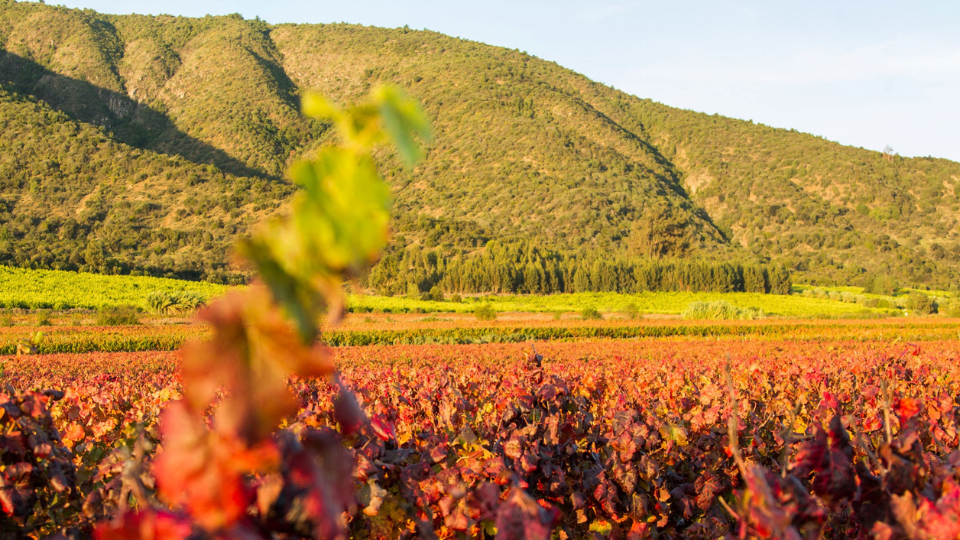- Sustainability
- October 25th, 2023
Carbon sequestration, key to climate change mitigation
Concha y Toro’s forests and vineyards in Chile make an important positive contribution to the environment, capturing 10,500 tons of CO2e per year, generating a balance between our emissions and what the native forest absorbs.
Viña Concha y Toro, as part of its corporate Sustainability pillar, has the objective of promoting the conservation and regeneration of the Chilean native forest. The company has 4,272 hectares of certified forest in Chile, which are protected and conserved according to high international standards generated by FSC. Since 2019 it has been certified by the Forest Stewardship Council – FSC®.
Viña Concha y Toro’s Agricultural and Sustainability Division promotes the conservation and regeneration of Chile’s native forests. For four consecutive years it has maintained this certification, improving its performance at each stage. Among the actions generated, the relationship with the community around natural resources has been key for proper protection and care of the forest. In addition to this, a collaboration alliance with CONAF for protection and training against forest fires has allowed us to raise awareness about the care of our nature.
In line with the above, the company has placed a special focus on carbon capture, conducting studies that allow us to quantify the carbon (CO2) captured by the native forests that inhabit our estates in Chile.
Carbon stock of forests and vineyards
In 2013, Viña Concha y Toro conducted its first study on the quantification of carbon stock stored in natural assets: forests and vineyards. This study was conducted in conjunction with the Center for Global Change of the Universidad Católica de Chile and was carried out in order to quantify the carbon (CO2) captured by the native forests of our estates.
The objective of this research was to reflect the benefit generated by the environmental service of CO2 capture performed by the vineyard’s forests and vineyards in terms of capturing and fixing carbon dioxide, contributing to the mitigation of climate change.
The research was also a pioneering innovation project in sustainability in the sector, as Viña Concha y Toro was the first winery in Chile to quantify the positive contribution generated by its activity, as opposed to measuring the carbon footprint.
After the research, it was concluded that native forests maintain, on average, a total of 96 tons of CO2 per hectare. In the case of a hectare of scrubland, the figure amounts to 32 tons of CO2. For vineyards, the average capture is 10 tons per hectare.
Carbon sequestration flow
Trees and plants absorb carbon dioxide (CO2) from the atmosphere through photosynthesis, converting it into biomass and releasing oxygen as a by-product. This ability of forests helps mitigate climate change by reducing the amount of atmospheric CO2, a major greenhouse gas.
In 2023, Viña Concha y Toro completed carbon sequestration studies of the native forests located in the estates in order to determine their positive impact contribution. To identify these captures, a characterization of the forest types present in the fields and their captures was carried out with the help of the company EcoSolutions. Deloitte then verified these measurements, endorsing the use of the methodology and the validity of the data.
The results show that our native forest captures 10,500 tons CO2e per year, generating a positive contribution to the environment. This action is a complement to all the company’s nature-based actions aimed at generating mitigation actions through biological assets.
In the future in terms of carbon capture, Viña Concha y Toro seeks to advance in the measurement of carbon capture in soils, which is also expected to be a significant contribution to mitigating the effects of climate change.



